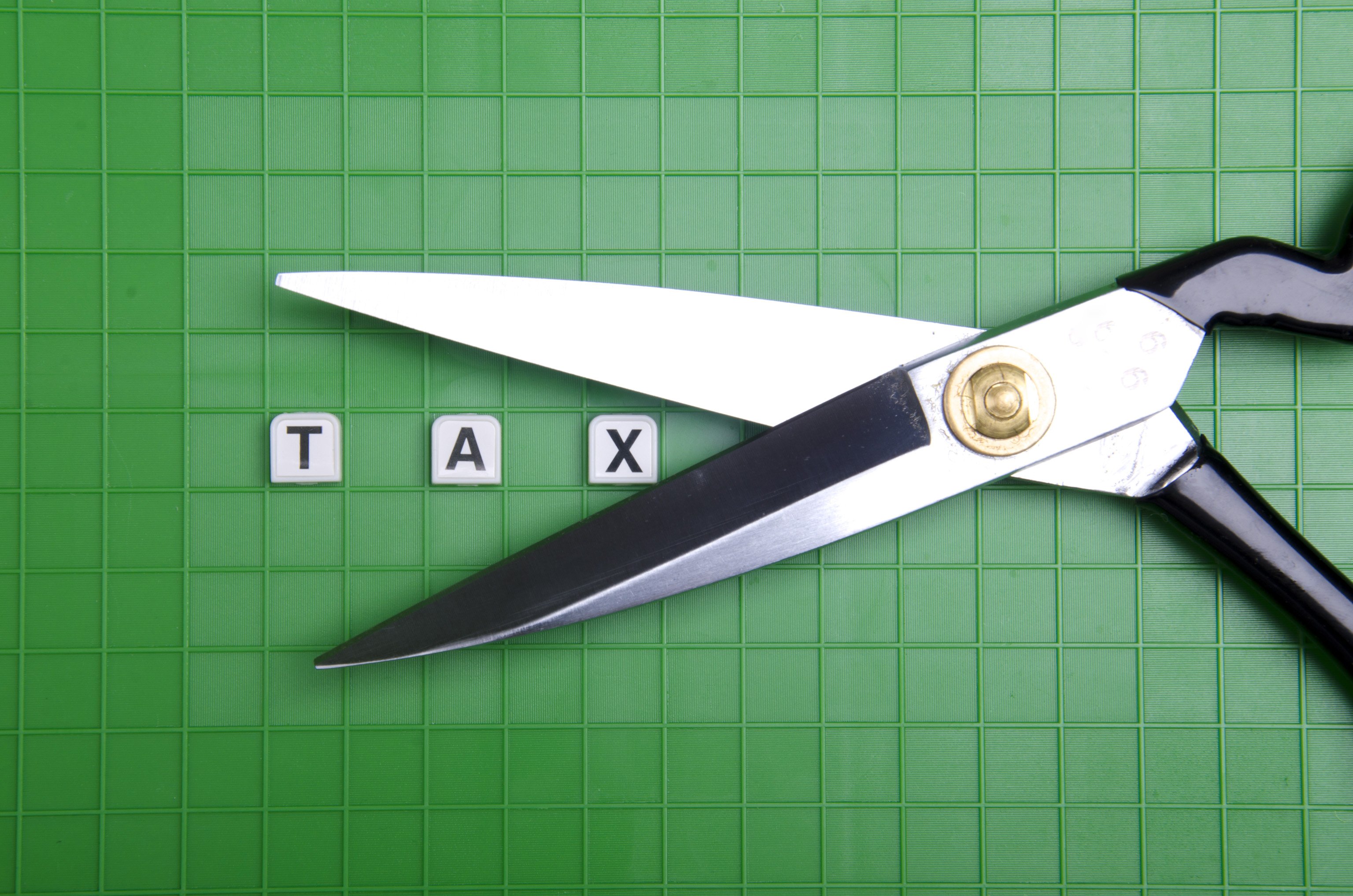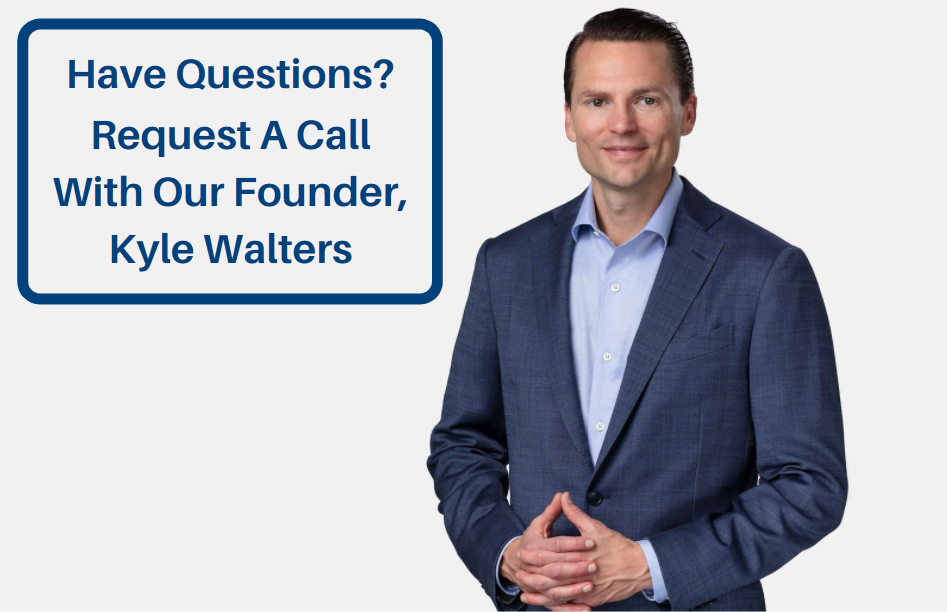6 min read
7 Ways To Lower Your Taxes In Retirement
By: Kyle Walters - The Personal CFO on Mar 6, 2023 12:38:02 PM

Let's start with the bottom line: you will have more money in retirement if you know how to lower your tax bills strategically. So how do you protect what you've built to grant yourself peace of mind that you won't outlive your savings? Or give Uncle Sam more than you have to?
Here are a few planning points that can reduce your taxable income in retirement and let you keep more of what you've earned.
1. Lower Your Required Minimum Distributions (RMDs) with Income Planning
Just as there are rules for putting money into your tax-advantaged retirement accounts, there are also rules for taking money out. Different accounts have different rules.
For traditional Individual Retirement Arrangement (IRA) accounts or 401ks, (1) you can't take money out (without penalty) until you reach age 59 ½, and (2) you are required to start taking money out at age 72[i]. These required withdrawals are known as Required Minimum Distributions (RMDs). When you pull money out of a traditional IRA or 401k, that's when you will owe income tax on it.
So, the more money you have saved in a traditional IRA, the more taxes you'll eventually have to pay. This is due to two things. The first is the US's progressive tax system. As you make more money, you get taxed at higher rates. Therefore, keeping your income as low as possible is important, especially in retirement when you are no longer receiving a steady paycheck. The second is that the tax advantage on these accounts is offered upfront. Your contributions are tax-deductible, but your future withdrawals count as ordinary income.
So how do you keep your income low in retirement? It starts by planning for your eventual RMDs, because the smaller your RMDs in the future, the smaller your tax bill. Of course, this doesn't mean you have to live a diminished lifestyle; it just means you must decide how to pool income from other sources on the timeline that saves you the most tax.
2. Perform Roth Conversions on RMDs
One way to reduce RMDs is to convert some of your traditional IRA or 401k to a Roth IRA; this way, it doesn't count as income. Essentially, what you are doing with a Roth conversion is changing the treatment of the funds. Roth funds are taxed upon contribution or conversion, whereas traditional funds are taxed upon withdrawal. By converting some of your traditional IRA funds to a Roth, you'll pay taxes on your money on the way in, but not on the way out, thereby reducing your RMDs and/or taxable income, depending on when you perform the conversion.
3. Mind the Gap Years
Your gap years are the time between your retirement and age 72 when you must start taking RMDs. This is a unique window of time wherein you can make significant money moves that reduce taxes and even increase the after-tax value of your investments.
Of course, you'll still need income to fund your lifestyle during this period. That's where your other resources come in. In your gap years, you will rely on the sources of income whose taxes will be less heavily impacted by your timeline.
4. Delay Social Security Benefits
If you claim your Social Security benefits after your Full Retirement Age (FRA), your benefit amount will increase by 8% annually up to age 70. This can maximize your benefit amount and reduce your taxable income in retirement.
Of course, the choice will depend on your resources. Do you have cash in a savings account, investments in a taxable account, money in a Roth IRA, a pension, RMDS from an inherited IRA, business distributions, or passive income?
You should consider if you can lean on any of these resources in your gap years. Not only will you get more money from the Social Security Administration (higher benefit amount), but you can also postpone tax payments on that income. Plus, you'll keep your income lower, so you could stay in a lower tax bracket overall.
5. Partial Roth Conversions Over Time (Roth Ladders)
This strategy involves taking smaller amounts of money out of your IRA in your gap years to avoid paying a large tax bill on them once RMDs kick in. Here's how it works. Each year of your gap years, you perform a partial Roth conversion (a taxable event). This helps you spread out your IRA tax burden over time. Instead of paying a lot on larger RMDs, you're paying smaller amounts more frequently to reduce your RMD amount and future taxable income.
6. Give to Charity Using Qualified Charitable Donations (QDs) from an RMD
A Qualified Charitable Distribution (QCD) directly transfers funds from your IRA to charity. They can be counted toward satisfying your RMD, so you don't have to take that income (and pay income tax on it) if you don't need it. You can donate appreciated assets, such as stocks or mutual funds, to charity, and you will not have to pay capital gains on the appreciation. If you itemize your deductions, you can also deduct the value of your charitable donations from your taxable income. QCDs are a great way to satisfy the RMD requirement without pushing yourself into a higher tax bracket.
7. Beware the IRMAA Tax Cliff
The higher your income in retirement, the more you can expect to pay for Medicare Part B and Part D premiums. In many ways, this Medicare increase can feel like a tax on your retirement income. You'll want to shift or reduce your income in lower-earning years to avoid falling off the IRMAA cliff and being penalized heavily for a higher retirement income. The same strategies we use to reduce taxes in retirement will be helpful here, such as completing Roth conversions in lower-earning years, delaying social security until your FRA, and setting up Qualified Charitable Distributions (QCDs).
In conclusion, retirement should be a time to relax and enjoy the fruits of your labor, but high tax bills can quickly diminish your savings. By employing some of the abovementioned strategies, such as reducing RMDs, performing Roth conversions, and delaying Social Security benefits, you can effectively lower your taxes and keep more of what you've earned.
Additionally, you can further optimize your retirement income by taking advantage of charitable donations and being mindful of the IRMAA tax cliff. It's never too early to start planning for your retirement and exploring these tax-saving options with the help of a financial advisor.
[i] Please note, the age for RMDs will be pushed back further over the next several years as is discussed in this Atlas Wealth Advisors article: New Law Delays RMDS to 75. Be Careful What You Wish For.
Related Posts
If you're retired, does a Roth conversion make sense?
As we approach the end of the year, you may be doing some strategic tax planning. Your strategy may...
Regular vs. Roth IRA: Compare, Then Decide
Ever since the introduction of Roth IRAs in 1997, the debate over traditional IRAs vs. Roth IRAs...
New Law Delays RMDs to 75. be Careful What You Wish For.
The Secure Act 2.0, enacted in December 2022, is loaded with provisions designed to make it easier...


